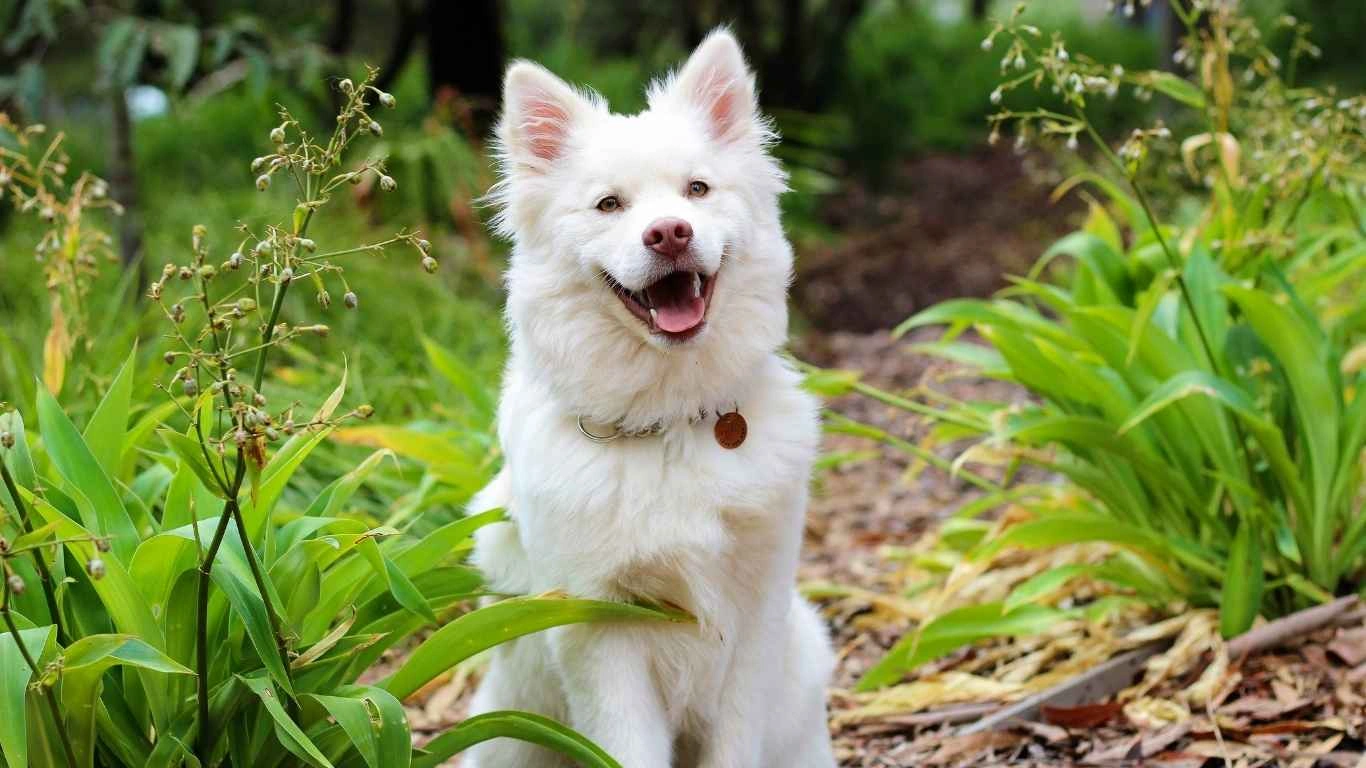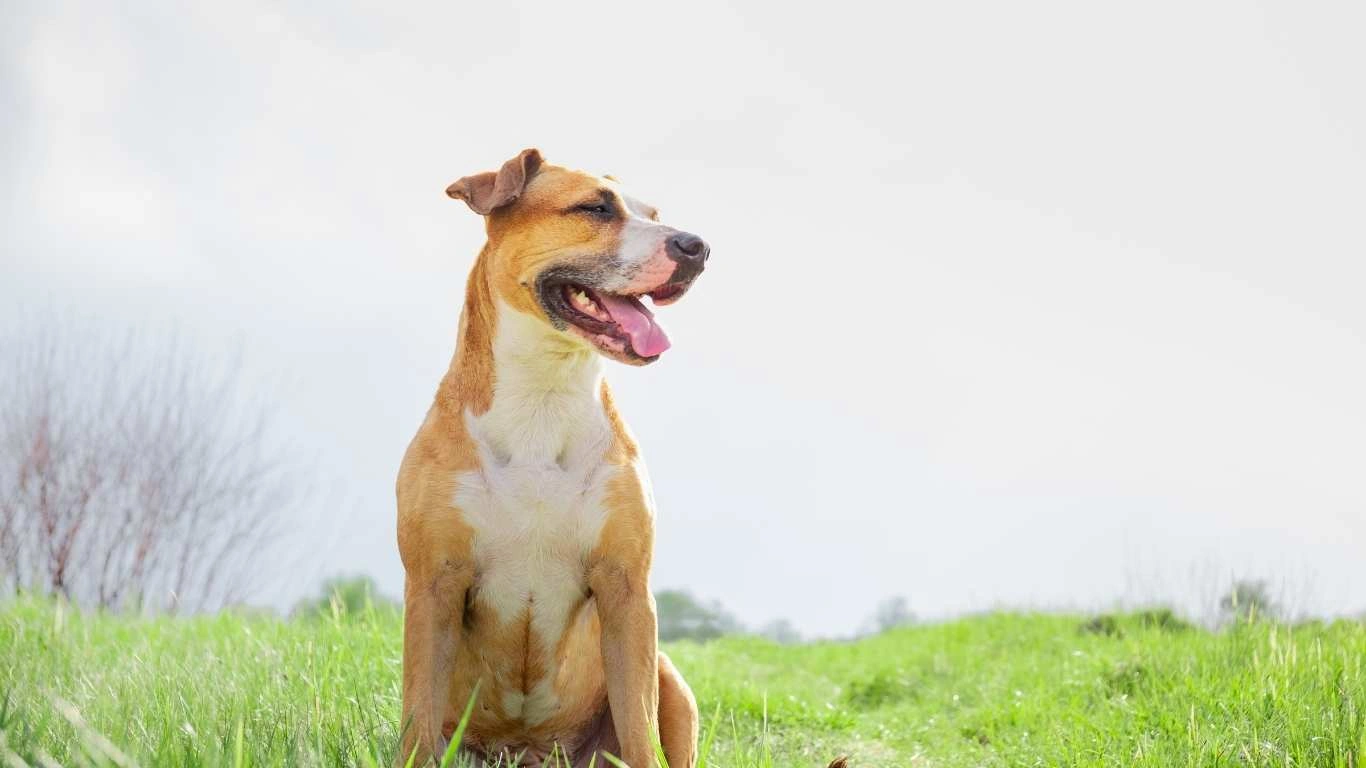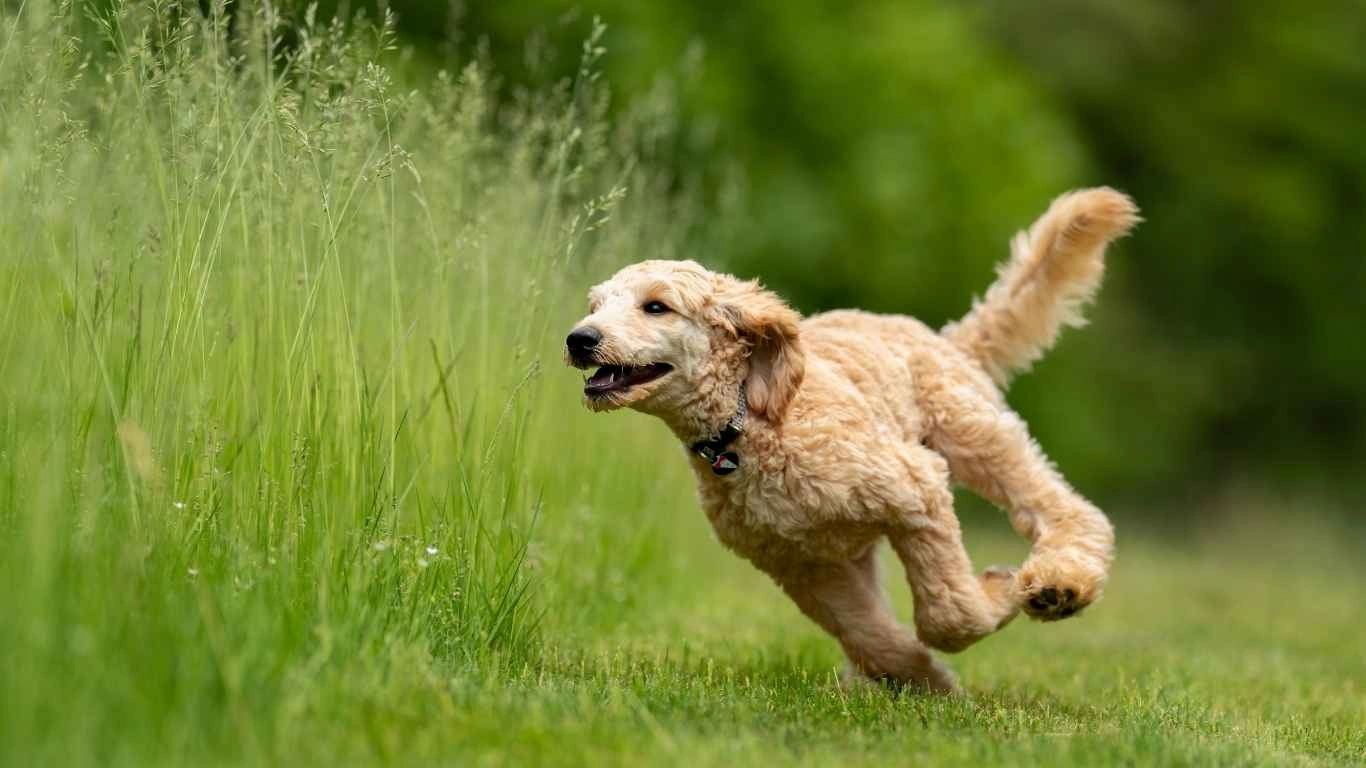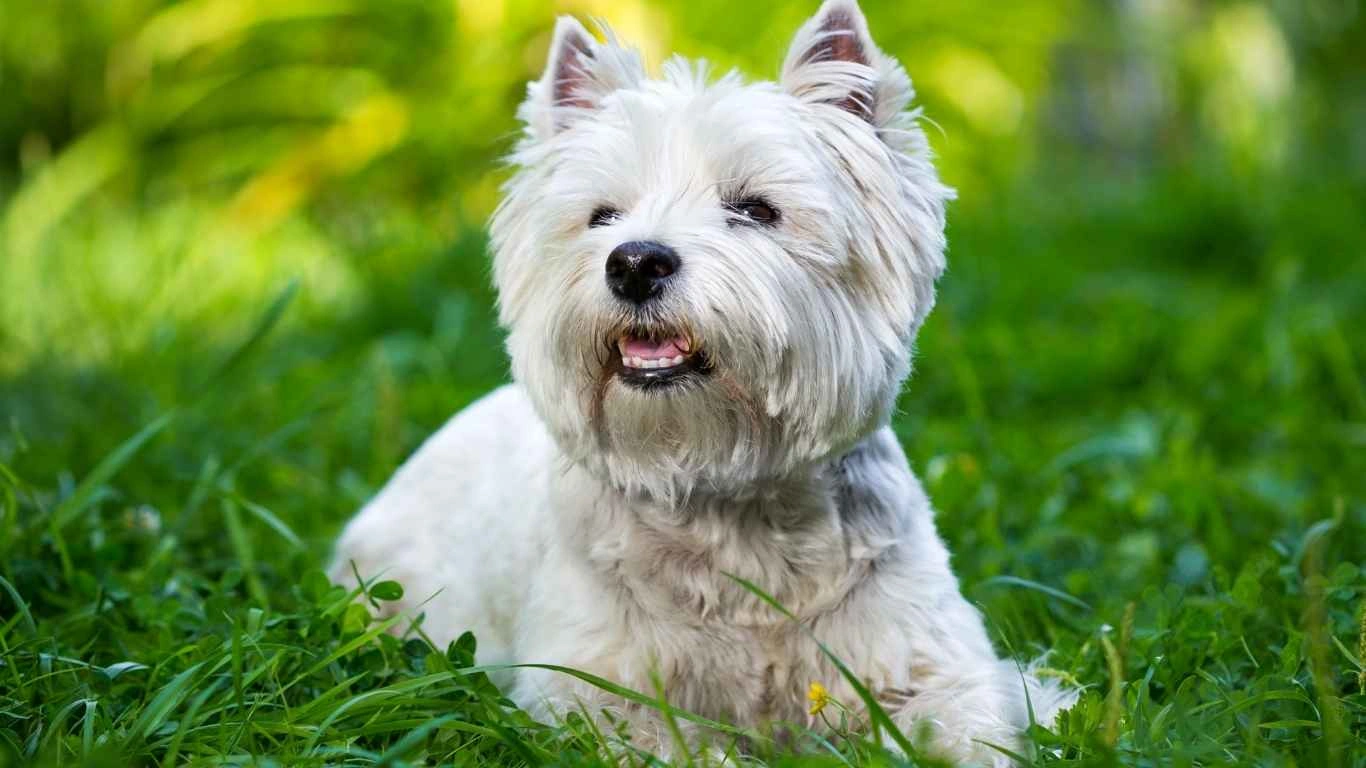Can Dogs Eat Pears Every Day? Healthy Treat or Risk for Your Pup
Can dogs eat pears every day? That’s a question I get asked quite often from fellow pet lovers and even from some new pet parents. Having worked as an Animal Care Specialist in shelters and clinics, I’ve seen plenty of dogs with very different dietary needs and habits. Pears are often on the “safe fruits” list, but is daily pear snacking really a good idea for our furry friends? Let’s dig into this juicy topic together and figure out what’s best for your canine companion.
Are Pears a Healthy Treat for Dogs?

From my experience, dogs can benefit from the occasional pear treat, and many of them actually love the sweet, juicy texture. Pears are packed with vitamins A and C, fiber, and antioxidants, which can support your dog’s immune system and digestive health. I often recommend pear slices as a low-calorie snack alternative to commercial treats that might be loaded with artificial ingredients.
However, just like with any fruit, moderation is key. I’ve seen dogs develop tummy troubles when owners gave them too much fruit at once. Too much fiber or sugar can cause stomach upset or diarrhea, so daily feeding should be carefully considered.
Why Pears Might Be a Great Natural Snack
- Low in calories: Pears make a great snack for dogs who need to watch their weight.
- Rich in fiber: Helps support healthy digestion and can ease constipation.
- Vitamin boost: Pears contain vitamins that help keep your dog’s skin, coat, and immune system in top shape.
In shelters, we always try to find treats that not only satisfy a dog’s cravings but also provide some nutritional value. Pears fit that bill nicely—just be sure to remove the seeds and core first, since those can be harmful.
Can Dogs Eat Pears Every Day? What You Need to Know

So, the big question: can dogs eat pears every day? While pears are generally safe, feeding them daily isn’t always necessary or ideal. From my time in the clinic, I recommend giving pears as an occasional treat rather than a daily staple. Why? Because dogs’ nutritional needs are different from ours. They require balanced meals primarily based on protein, fat, and essential nutrients designed for their unique metabolism.
Daily pear feeding might lead to:
- Excess sugar intake: Even though natural, sugars can add up and potentially cause weight gain or blood sugar issues.
- Digestive upset: Too much fiber can trigger diarrhea or gas, especially in sensitive pups.
- Allergic reactions: Although rare, some dogs can be allergic to fruits like pears, so watch for itching or vomiting.
In my shelter work, we often start by introducing new foods in small amounts to monitor reactions. This cautious approach helps avoid unexpected tummy troubles and allergies.
How to Safely Offer Pears to Your Dog
- Always wash the pear thoroughly to remove pesticides or dirt.
- Remove the seeds and core: Pear seeds contain trace amounts of cyanide, which is toxic.
- Cut the pear into small, manageable pieces to prevent choking, especially for small breeds.
- Start with a small portion: Observe how your dog reacts before making pears a regular treat.
From my personal experience, introducing pears slowly and in moderation has helped many dogs enjoy a tasty treat without any health issues. It’s all about balance and paying close attention to your dog’s individual responses.
Myths and Facts About Feeding Dogs Pears

Over the years, I’ve come across a few myths surrounding dogs and pears, so let’s clear those up:
- Myth: Pears are toxic to dogs.
Fact: Pears are not toxic if given properly. Avoid seeds and core, and feed in moderation. - Myth: Dogs can eat pears every day without issue.
Fact: While not harmful in small amounts, daily feeding may cause digestive upset or other problems. - Myth: Pears replace balanced dog food.
Fact: Pears are treats, not meal replacements. Dogs need a full, balanced diet for optimal health.
Understanding these points helps you make smarter choices and keep your dog happy and healthy. From shelter dogs to my own furry pals, balanced nutrition has always been a priority—and pears can certainly have a place in that, just not as the main act.
How to Incorporate Pears into Your Dog’s Diet Safely

From years of working hands-on with dogs, one thing I’ve learned is that treats—no matter how healthy—should always complement a well-rounded diet, not replace it. If you’re wondering how to add pears into your dog’s routine without overdoing it, here’s a little guidance from my personal experience and professional background.
First off, always consider your dog’s size, age, and health status. For example, a small Chihuahua will have a very different tolerance for fruit than a large Labrador. When I was working in shelters, we always tailored snacks and treats individually. For pears, starting with just a few small pieces once or twice a week is usually a safe bet.
Step-by-Step Guide to Feeding Pears
- Choose ripe pears: Unripe pears can be tough on your dog’s digestion, so pick ones that are soft but not mushy.
- Wash thoroughly: I can’t stress this enough! Always wash the pear well to remove any pesticides or dirt, especially if it’s not organic.
- Remove the core and seeds: Pear seeds contain small amounts of cyanide, so make sure those are out of the way.
- Cut into bite-sized pieces: Smaller pieces prevent choking and make it easier for your dog to enjoy.
- Offer in moderation: Start with one or two pieces and observe how your dog responds before making it a regular treat.
Personally, I like mixing pear pieces with other safe fruits like blueberries or apple slices, which makes snack time a little more exciting. Just be mindful not to overload with too many different fruits at once—your dog’s digestive system will thank you.
Potential Risks of Feeding Pears Daily to Dogs

While pears have their perks, there are some risks when it comes to daily feeding. From my time in the clinic and shelter environments, I’ve encountered a few cases where well-meaning owners overdid it on fruit, leading to problems. Here’s what to watch out for:
1. Digestive Upset and Allergies
Just because a fruit is healthy doesn’t mean every dog will tolerate it well every day. Too much fiber from daily pear treats can cause loose stools, gas, or even diarrhea. I’ve worked with dogs who developed mild allergic reactions too—signs include itching, redness, or excessive licking after eating pears. Always watch your dog closely for any changes after introducing new foods.
2. Sugar Overload
Natural sugars in pears can add up quickly, especially if you’re feeding multiple pieces daily. Dogs don’t process sugar the same way humans do, and high sugar intake may contribute to weight gain or even insulin resistance over time. For dogs prone to diabetes or obesity, daily pears might not be the smartest choice. When I cared for senior dogs or those with health issues, I always recommended minimizing sugary treats altogether.
3. Choking Hazard and Digestive Blockage
If pears aren’t prepared correctly—like leaving chunks too large or neglecting to remove seeds and core—they could cause choking or digestive blockage. I can’t stress enough how important it is to prep pears properly. In shelters, we always cut fruits into tiny pieces to prevent any risk, especially for smaller breeds or anxious eaters.
When Pears Can Be Beneficial as a Regular Snack

Despite some risks, pears can absolutely be part of a dog’s snack arsenal when used wisely. From my experience, dogs with healthy digestion and no chronic conditions often do well with small, regular servings of pear. Here are some scenarios where daily or frequent pear treats might be more appropriate:
- Active dogs: Dogs who burn a lot of energy can sometimes handle extra fiber and natural sugars better, using those nutrients as quick fuel.
- Dogs needing weight management: Because pears are low-calorie, they can replace fattier treats to help with weight control, as long as portion sizes stay small.
- Senior dogs with digestive issues: The fiber in pears can sometimes ease mild constipation, but always check with your vet before introducing new foods regularly.
Remember, even when pears are beneficial, balance is everything. In all the clinics and shelters I worked in, the mantra was always the same: treats should never exceed 10% of your dog’s daily caloric intake. So, even if you want to feed pears daily, keep portions tiny and adjust their main diet accordingly.
Alternatives to Pears: Other Healthy Fruits for Dogs

While pears are definitely a tasty and nutritious treat, sometimes it’s good to mix things up and offer your dog a variety of fruits to keep snack time interesting. From my years working in shelters and clinics, I’ve seen how dogs respond differently to various fruits, so knowing some alternatives can come in handy.
Here are a few fruits that share similar benefits with pears and tend to be safe for most dogs when fed in moderation:
- Apples: Like pears, apples are high in fiber and vitamins A and C. Just remember to remove the core and seeds before feeding.
- Blueberries: Small but packed with antioxidants, blueberries are great bite-sized treats for dogs of all sizes.
- Watermelon: Perfect for hot days, watermelon is hydrating and low in calories, but remove seeds and rind first.
- Bananas: Soft and easy to digest, bananas are a good source of potassium but higher in sugar, so offer sparingly.
In shelter life, introducing a variety of fruits can be a good way to keep picky eaters engaged. Plus, it’s a great chance to see what your dog enjoys most. I’ve noticed some dogs really perk up for blueberries, while others prefer the crunch of apple slices or the juicy sweetness of watermelon. Experiment a bit, but always keep safety and portion control in mind.
Signs Your Dog May Not Tolerate Pears Well

One of the most important lessons I’ve learned in animal care is to always watch for signals your dog sends after trying new foods. Not every dog digests fruits like pears the same way, and sometimes subtle signs can alert you to problems before they become serious.
Here’s what to look out for after offering pears or any new treat:
- Gastrointestinal upset: Diarrhea, vomiting, or excessive gas might indicate your dog’s tummy isn’t handling the fruit well.
- Itching or skin irritation: Allergic reactions sometimes show as redness, scratching, or licking.
- Changes in behavior: Lethargy, loss of appetite, or signs of discomfort can be a warning sign.
- Excessive drooling or pawing at the mouth: Could mean something is irritating their mouth or throat.
Whenever I notice any of these symptoms in dogs under my care, I immediately advise pet owners to stop giving the suspected food and consult their veterinarian. It’s always better to be safe and get a professional opinion than to guess or wait for symptoms to worsen.
Final Tips: Balancing Pears in Your Dog’s Diet
So, can dogs eat pears every day? The answer isn’t a simple yes or no—it really depends on your dog’s individual health, size, and how their body responds. Based on my years as an Animal Care Specialist, I recommend using pears as an occasional treat rather than a daily habit. Here are a few last pointers to keep in mind:
- Moderation is everything: Treats, including pears, should make up less than 10% of your dog’s daily calories.
- Prep properly: Always wash, core, and seed pears before feeding to avoid toxicity and choking risks.
- Observe your dog: Pay attention to any signs of discomfort or allergies and adjust their diet accordingly.
- Consult your vet: Before making any significant changes to your dog’s diet or if your dog has health issues, get professional advice.
Personally, I love recommending natural treats like pears because they offer nutritional benefits beyond just being tasty. But experience has taught me that balance and observation are key to keeping our pets happy and healthy. After all, each dog is unique, and what works wonderfully for one might not for another.
References
Disclaimer
This article is intended for informational purposes only and is not a substitute for professional veterinary advice. Always consult with a qualified veterinarian before introducing new foods or making changes to your pet’s diet. Individual dogs may have unique health needs or allergies that require tailored dietary considerations.






